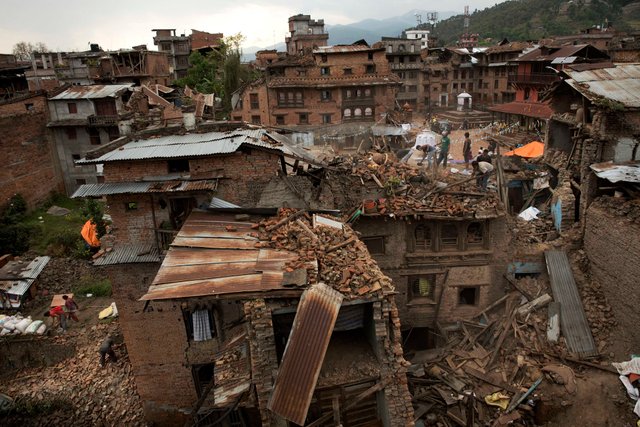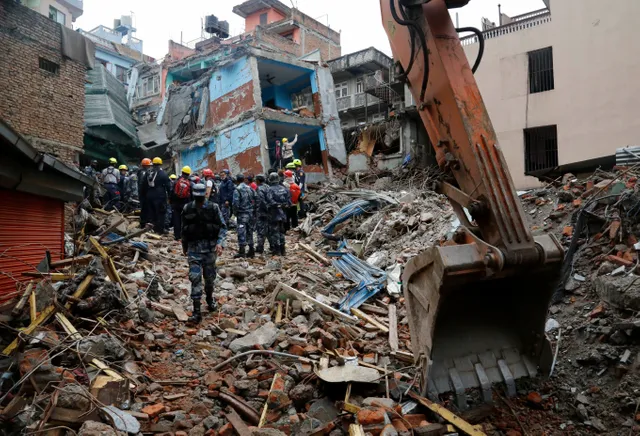Nepal Earthquake of Baisakh 12
Since Nepalese Date today is Baisakh 12, I am writing this article Remembering the Nepal Earthquake of Baisakh 12


.jpeg)
On Baisakh 12, 2072 (April 25, 2015), a devastating earthquake of magnitude 7.8 struck Nepal, causing widespread destruction. The epicenter was in Gorkha, a district northwest of the capital, Kathmandu. The quake unleashed its fury on unsuspecting communities, toppling buildings, damaging infrastructure, and leaving countless lives shattered.
The earthquake, also known as the Gorkha earthquake, killed 8,964 people and injured 21,952 more. Its epicenter was east of Gorkha District at Barpak, Gorkha, roughly 85 km northwest of central Kathmandu, and its hypocenter was at a depth of approximately 8.2 km. It was the worst natural disaster to strike Nepal since the 1934 Nepal–India earthquake.
The ground motion recorded in Kathmandu was of low frequency, which, along with its occurrence at an hour when many people in rural areas were working outdoors, decreased the loss of human lives. The earthquake triggered an avalanche on Mount Everest, killing 22 people, the deadliest incident on the mountain on record. The earthquake triggered another huge avalanche in the Langtang valley, where 250 people were reported missing.
Hundreds of thousands of Nepalese were made homeless with entire villages flattened across many districts of the country. Centuries-old buildings were destroyed at UNESCO World Heritage Sites in the Kathmandu Valley, including some at the Kathmandu Durbar Square, the Patan Durbar Square, the Bhaktapur Durbar Square, the Changu Narayan Temple, the Boudhanath stupa, and the Swayambhunath stupa.
Geophysicists and other experts had warned for decades that Nepal was vulnerable to a deadly earthquake, particularly because of its geology, urbanization, and architecture. Dharahara, also called Bhimsen Tower, a nine-storey 61.88-metre tall tower, was destroyed.
The earthquake was followed by several major and minor aftershocks, the greatest of which was a 6.7 magnitude aftershock on May 12, 2015. The earthquake and its aftershocks were the result of thrust faulting in the Indus-Yarlung suture zone, a thin east-west region spanning roughly the length of the Himalayan ranges.
As we remember this catastrophic event, let's also remember the resilience and hope of the Nepalese people. Despite the immense loss and devastation, they have shown remarkable strength in rebuilding their lives and their country. Their spirit serves as a reminder to us all of the power of human resilience in the face of adversity.
.jpeg)
Note: Images Used are downloaded from google and is not my original work
Congratulations, your post has been upvoted by @upex with a 59.82% upvote. We invite you to continue producing quality content and join our Discord community here. Keep up the good work! #upex